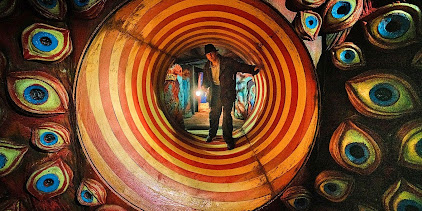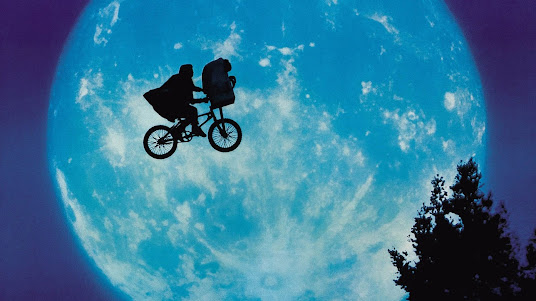Guillermo del Toro Shows his Range in the Cynical Nightmare Alley
Runtime: 2hr 30 mins
Director: Guillermo del Toro
Cast: Bradley Cooper, Rooney Mara, Cate Blanchet, Toni Collette, Willem Defoe, Ron Perlman
Guillermo del Toro loves his monsters. He loves what they represent; the mysterious unknown filled with possibilities, or the wonderful people who are forced to live on the edge of civilization because they were not born the way people wanted them to be. Conversely, del Toro is also distrustful of what we consider to be “normal” people. He sees past their physical beauty and shrinks away from the moral decay that drives them to maintain control and expel the helpless monsters.
Guillermo del Toro has been telling the story about monsters fighting normal people throughout his career. From his early Spanish language films such as Pan’s Labyrinth, where the young Ophelia uses fantasy to escape her fascist authority figures, to blockbusters such as Hellboy whose titular hero is shunned by the humans he protects, to his Oscar winning The Shape of Water, whose main character must protect an innocent fish man from his government captors. Even with his newest movie Nightmare Alley, the first of his films to not feature supernatural elements, del Toro still explores this dynamic between the sympathetic outcasts and the suffocating polite society that shuns them; but he does so with a level of craftsmanship and tact that lets it stand toe to toe with the best of his filmography.
The story centers on Stan (Bradley Cooper), a wandering man with a dark past who lands a job at a circus at the end of the Great Depression. Stan makes friends with the local mentalists Pete (David Straithan) and Zeena (Toni Collete). Stan eventually learns their secret act which allows a person to read anyone with almost perfect clarity, but which Zeena and Pete have abandoned due to the moral objections. Armed with this forbidden knowledge, Stan makes it big as a mentalist and acts as a spiritual medium in order to scam the rich and powerful, eventually finding himself in a dense web of lies as a result.
Obviously, the movie puts del Toro on new narrative ground, as he does not have the supernatural or mythological to use as a metaphor for his message. In fact, if someone went into the movie completely blind about the story, it wouldn’t be too much of a stretch for them to think that an actual spirit might appear in the movie, or that the carnival held some sort of secret monster. Regardless, it still feels like a del Toro flick through and through. There are plenty of chances for impressive (and gory) makeup effects. Dan Laustsen, the cinematographer of Crimson Peak and The Shape of Water, returns, and brings back the gorgeous lighting and smooth camera movements of those movies.
In addition, Nightmare Alley also features del Toro’s signature approach to color and lighting; such as his use of cold, almost sterile blues to evoke corruption and danger, or how he will use pure snow to contrast with splashes of red (often in the form of blood). The movie even features homages to the films of the time period, such as the visual influence of noirs and the use of fade to blacks as a scene transition.
What roots the whole movie is its main character. Bradley Cooper gives an award winning performance, but what allows him to reach that level is the clever script he has to work with. At first, I was afraid the movie was going to keep the characters' past too close to its chest, foregoing any insight for a cheap “gotcha” twist ending, but the movie gives enough context early on that anyone who is paying attention can easily connect the dots. When the movie finally shows Stan’s past in full toward the end, it feels less like the script trying to outsmart the audience, and more of a reminder of what the character is capable of.
Nightmare Alley is not an easy watch people might expect. It requires attention and a small bit of critical thinking. It also, in true noir fashion, explores themes of American corruption. Del Toro shows an outsider's perspective of the American dream; how religion and our need for hope are often used to cynically control people (in contrast to many del Toro movies where mythology and escapism can be empowering), how the wealthy and powerful secure their place by abusing the helpless. It even goes so far as to parallel the protagonist’s pursuit of power and money with the rise of fascism in the world at the time. However, anyone who is willing to meet the movie on its own terms will be rewarded with a rich viewing experience, an entire casts worth of stellar performances, and a satisfying ending to its main character’s journey.





Comments
Post a Comment